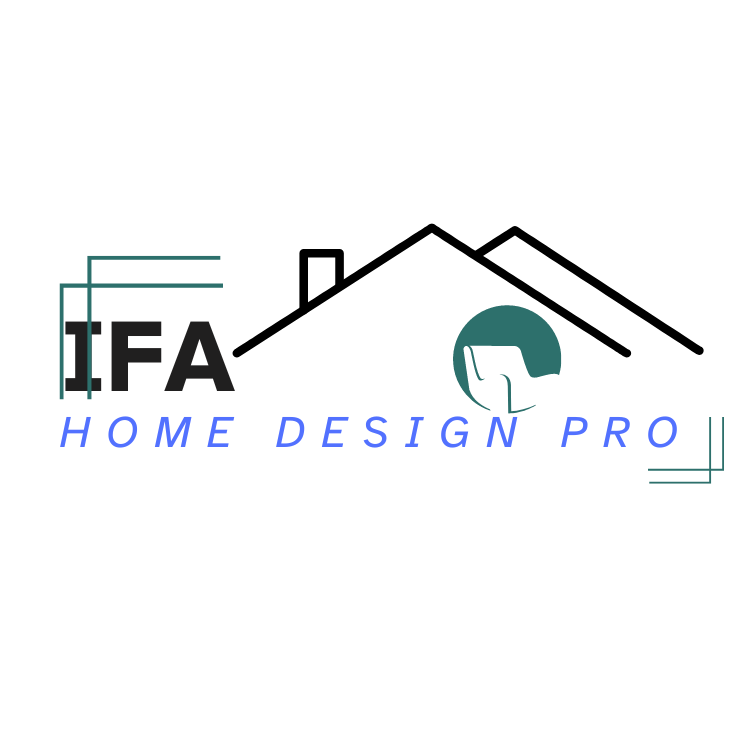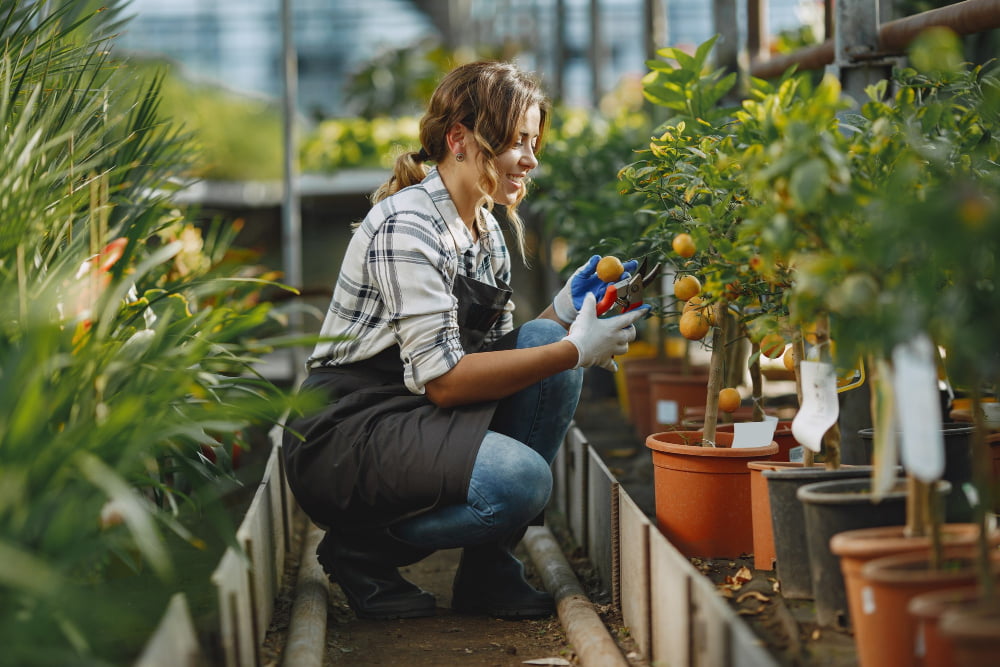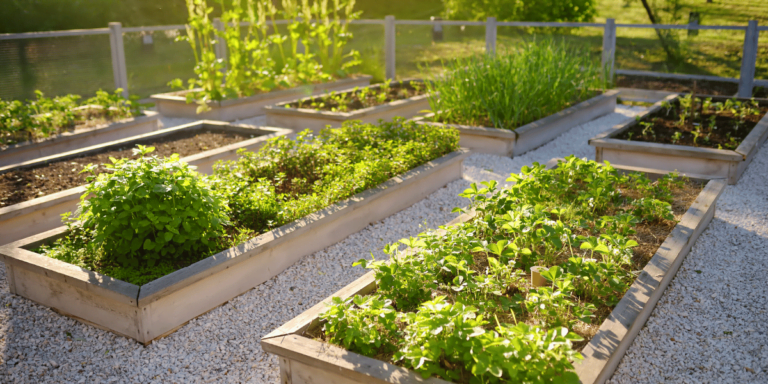Welcome to the world of IoT in gardening, where technology meets horticulture to revolutionize garden management. With the advancement of Internet of Things (IoT) technology, gardeners now have access to innovative solutions that make gardening more efficient, convenient, and eco-friendly.
IoT-enabled indoor home garden management solutions have emerged as game-changers in the world of gardening. These smart systems utilize sensors and automation to monitor and optimize environmental conditions in small-scale home greenhouses. By remotely monitoring factors like temperature, humidity, and light intensity, gardeners can ensure optimal growth for their plants, even when they’re away from home.
But the benefits of IoT in gardening go beyond remote monitoring. These systems gather historical data to track environmental trends, automate irrigation to reduce water waste, and even detect early signs of pests and diseases. By integrating IoT technology into gardening practices, gardeners can streamline their garden management and promote eco-friendly practices.
Key Takeaways:
- IoT-enabled solutions revolutionize garden management through remote monitoring and optimization of environmental conditions.
- By automating irrigation and gathering historical data, IoT in gardening promotes water conservation and reduces waste.
- Smart systems powered by IoT technology detect early signs of pests and diseases, allowing for timely intervention and prevention.
- Gardeners can remotely monitor and manage their plants’ growth and health, ensuring optimal conditions even when they’re not present.
- The integration of IoT in gardening streamlines garden management and promotes eco-friendly practices.
Harnessing the Power of Solar-Powered IoT Devices in Gardens
Solar-powered IoT devices have revolutionized the way we manage our gardens, offering sustainable solutions that harness solar energy and promote eco-friendly practices. By utilizing clean and renewable energy sources, these devices reduce carbon footprints and minimize reliance on fossil fuels, making them an ideal choice for environmentally conscious gardeners.
Solar-powered IoT devices offer a wide range of applications in gardens, enhancing efficiency and convenience while optimizing resource usage. Let’s take a closer look at some of the key benefits and examples of these devices:
Smart Irrigation Systems
Solar-powered IoT devices enable smart irrigation systems that optimize water usage in gardens. These systems utilize sensors to detect soil moisture levels, weather conditions, and plant water needs in real-time. By integrating solar power, these devices reduce energy costs and dependency on traditional power sources while ensuring efficient water distribution.
Garden Lighting
Solar-powered garden lighting not only illuminates outdoor spaces but also adds aesthetic appeal to gardens. These devices utilize solar energy during the day to charge built-in batteries, which then power the lights at night. With no electrical wiring required, solar-powered garden lighting is easy to install and maintain.
Weather Stations
Solar-powered weather stations provide gardeners with real-time weather data, including temperature, humidity, and rainfall. These devices connect to IoT platforms, allowing gardeners to remotely monitor and adjust garden management strategies based on accurate and up-to-date weather information. This results in better plant health and improved garden efficiency.
By harnessing the power of solar energy, IoT devices in gardens offer numerous advantages beyond their sustainable nature. They enhance garden efficiency, improve plant health, and create a more enjoyable garden experience for enthusiasts. These devices also present cost-effective solutions, reducing energy expenses and promoting responsible resource management.
Solar-powered IoT devices enhance garden efficiency and promote sustainability
| Benefits of Solar-Powered IoT Devices in Gardens | Examples of Solar-Powered IoT Devices |
|---|---|
|
|
As the demand for sustainable and efficient gardening practices continues to grow, harnessing the power of solar-powered IoT devices is a smart choice for garden enthusiasts. By integrating clean energy solutions into our gardens, we can contribute to a greener planet while enjoying the benefits of optimized garden management and reduced environmental impact.
Maximizing Plant Growth with IoT-Enabled Smart Garden Systems

Revolutionizing Traditional Gardening Practices
Smart garden systems equipped with IoT technology are transforming the way we nurture and cultivate our plants. By leveraging sensors, data collection, and automation, these systems revolutionize traditional gardening practices, providing efficient monitoring and precise control over plant care.
In real-time, smart garden systems monitor and optimize essential factors such as temperature, humidity, light intensity, soil moisture, and nutrient levels. This level of precise monitoring ensures that plants receive the ideal conditions for growth and development, ultimately maximizing their growth potential and yield.
Automated Irrigation and Optimal Lighting
One of the key features of IoT-enabled smart garden systems is automated irrigation. These systems ensure that plants receive the right amount of water at the right time, eliminating the risk of over or under-watering. By delivering water precisely when needed, smart garden systems prevent water waste and promote efficient resource usage.
Furthermore, smart garden systems optimize lighting conditions for plants. They can adjust light intensity and duration based on the specific needs of different plants, ensuring they receive the optimal light for photosynthesis and growth.
Precision Nutrient Delivery and Early Pest Detection
Smart garden systems also enable precision nutrient delivery, ensuring that plants receive the essential nutrients they require for healthy growth. Through automation and data-driven analysis, these systems can customize nutrient solutions based on individual plant needs, promoting optimal plant health and development.
In addition, IoT technology enables early detection and prevention of pests and diseases. Smart sensors integrated into the system can identify signs of pest presence or disease symptoms at an early stage, triggering timely interventions and minimizing potential damage.
The Benefits of IoT in Gardening
The integration of IoT technology in gardening brings numerous benefits to both gardeners and plants. By maximizing plant growth and yield, smart garden systems empower gardeners to achieve abundant harvests. These systems also promote optimal plant health, ensuring that plants receive optimal care at all stages of growth.
Moreover, smart garden systems contribute to resource conservation. By monitoring and optimizing environmental conditions, these systems reduce water waste and promote efficient water usage. Additionally, precise nutrient delivery prevents the overuse of fertilizers, minimizing environmental impact.
Furthermore, smart garden systems provide educational opportunities for gardeners. Through data collection and analysis, gardeners can gain insights into plant behavior, growth patterns, and environmental requirements. This knowledge empowers them to make informed decisions and continuously improve their gardening practices.
IoT-Enabled Smart garden management System Components
The key components of an IoT-enabled smart garden system include:
- Sensors: Sensors monitor temperature, humidity, light intensity, soil moisture, and nutrient levels, providing real-time data for analysis and control.
- Data Collection: Data collected from sensors is processed and analyzed to assess plant needs and optimize environmental conditions.
- Automation: Automation features enable precise control over irrigation, lighting, nutrient delivery, and pest detection, minimizing manual intervention.
- Mobile App: A mobile app allows gardeners to remotely monitor and control their smart garden systems, providing convenience and flexibility.
These components work together seamlessly, creating an intelligent ecosystem that optimizes plant growth and care.
Revolutionizing Garden Maintenance with IoT Technology
IoT technology has completely transformed garden maintenance by integrating smart devices and automation. With the power of IoT, garden management has become smarter and more efficient than ever before, allowing gardeners to remotely monitor and control their gardens with ease.
One of the key benefits of IoT in garden maintenance is the ability to gather real-time data on plant health, environmental conditions, and operational efficiency. IoT-enabled devices, such as smart sensors, can continuously monitor factors like soil moisture levels, temperature, and light intensity, providing valuable insights for optimized garden management.
Real-time Alerts and Maintenance
IoT-enabled devices in gardens can provide real-time alerts for maintenance and care. For example, if the soil moisture level drops below a certain threshold, the gardener can receive an alert and take immediate action to prevent dehydration and maintain plant health. This proactive approach helps prevent potential damage and ensures that the garden remains in optimal condition.
Optimized Inventory Management
Efficient inventory management is another advantage of utilizing IoT in garden maintenance. By integrating IoT devices, gardeners can track and monitor their inventory of seeds, fertilizers, and other supplies in real-time. This ensures that they have adequate resources on hand and can plan accordingly for future needs, reducing waste and optimizing the overall garden management process.
Energy Efficiency and Cost Savings
IoT in garden maintenance also offers significant energy efficiency and cost-saving opportunities. By utilizing smart devices and automation, gardeners can optimize the use of irrigation systems, lighting, and other energy-consuming components. For example, IoT-enabled irrigation systems can adjust watering schedules based on real-time weather data, minimizing water waste and reducing utility costs.
Furthermore, predictive analysis using IoT data allows for better decision-making in terms of crop growth, water usage, and scheduling. By analyzing historical data and environmental trends, gardeners can make informed choices and implement strategies that maximize plant growth and minimize resource waste.
Automated greenhouse systems controlled by IoT add another layer of convenience to garden maintenance. These systems offer features like automated watering schedules, real-time notifications, and remote visualization. Gardeners can remotely monitor their greenhouse, adjust watering schedules, and receive notifications about any changes or issues that require attention. This seamless integration of IoT technology in garden maintenance streamlines the entire process and makes it easier than ever for gardeners to manage their gardens efficiently.
| Benefits of IoT in Garden Maintenance |
|---|
| Real-time monitoring and alerts for maintenance |
| Optimized inventory management |
| Energy efficiency and cost savings |
| Remote control and visualization |
By leveraging IoT technology, gardeners can revolutionize their garden maintenance practices. From real-time monitoring and alerts to optimized inventory management and energy efficiency, IoT empowers gardeners with the tools they need to efficiently manage their gardens and cultivate healthy and thriving plants.
Conclusion
The integration of IoT technology into gardening has revolutionized garden management, providing numerous benefits and advancements. With IoT-enabled solutions, gardeners can now efficiently monitor, precisely control, and automate their indoor home greenhouses and outdoor gardens. These smart garden systems optimize resource usage, promote sustainability, and enhance the overall gardening experience.
By harnessing the power of IoT in gardening, gardeners can maximize plant growth, increase yields, and conserve valuable resources. The ability to remotely monitor and manage environmental conditions, such as temperature, humidity, and light intensity, enables gardeners to make informed decisions for plant care. Furthermore, the automation of tasks like irrigation and nutrient delivery ensures optimal plant health and efficient resource utilization.
As the field of IoT continues to evolve, the future of garden management holds immense potential. We can expect even more advanced smart garden systems that seamlessly integrate technology with nature. These systems will allow for greater precision in plant care, enhanced resource conservation, and improved yields. Embracing IoT in gardening is the key to efficient, eco-friendly, and successful garden management.
Frequently Asked Questions
How does IoT technology benefit gardening?
IoT technology benefits gardening by providing efficient monitoring, precise control, and automation. It allows gardeners to remotely manage and optimize conditions such as temperature, humidity, and light intensity, promoting optimal plant growth and yield.
What are solar-powered IoT devices and how do they enhance garden efficiency?
Solar-powered IoT devices harness solar energy to power smart irrigation systems, garden lighting, and weather stations. By utilizing clean and renewable energy, these devices optimize resource usage, improve plant health, and minimize reliance on fossil fuels, leading to enhanced garden efficiency.
How do IoT-enabled smart garden systems maximize plant growth?
IoT-enabled smart garden systems use sensors, data collection, and automation to monitor and optimize factors like temperature, humidity, soil moisture, and nutrient levels in real-time. With automated irrigation, optimal lighting conditions, and precision nutrient delivery, these systems maximize plant growth and yield.
How does IoT technology revolutionize garden maintenance?
IoT technology revolutionizes garden maintenance through remote monitoring and control. Smart devices gather data on plant health, environmental conditions, and operational efficiency, providing real-time alerts for maintenance and optimizing resource usage, resulting in more efficient garden management.
What are the benefits of integrating IoT technology into gardening?
Integrating IoT technology into gardening provides efficient monitoring, precise control, and automation. This leads to optimal plant health, resource conservation, improved yields, and informed decision-making for gardeners. The future promises even more advanced smart garden systems and seamless integration of technology with nature.











